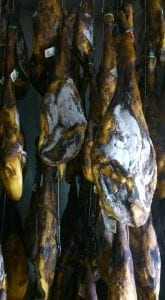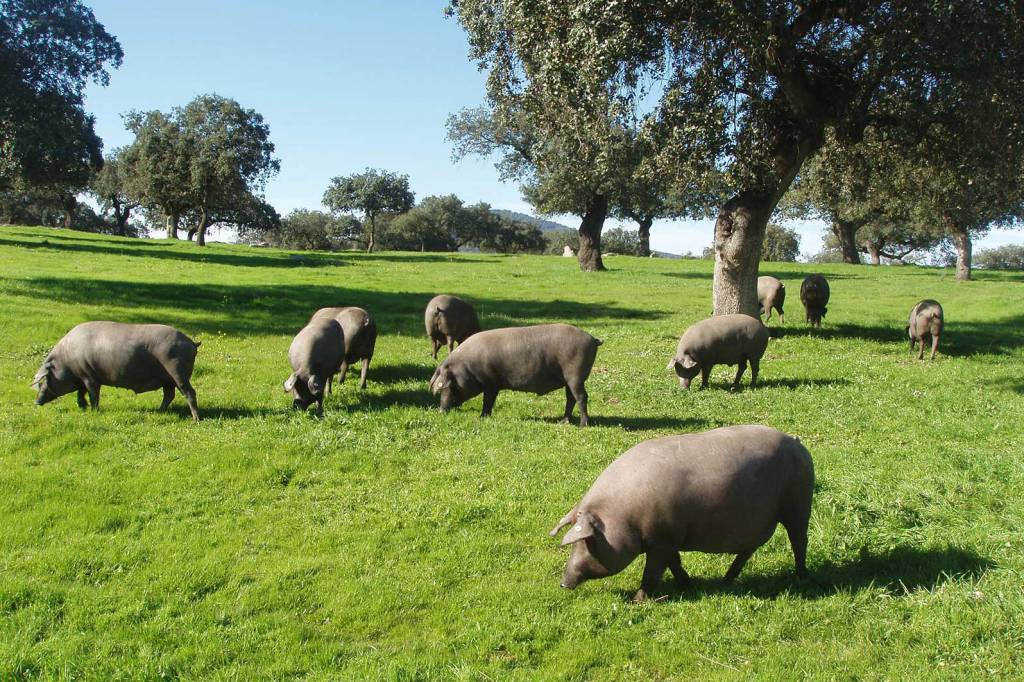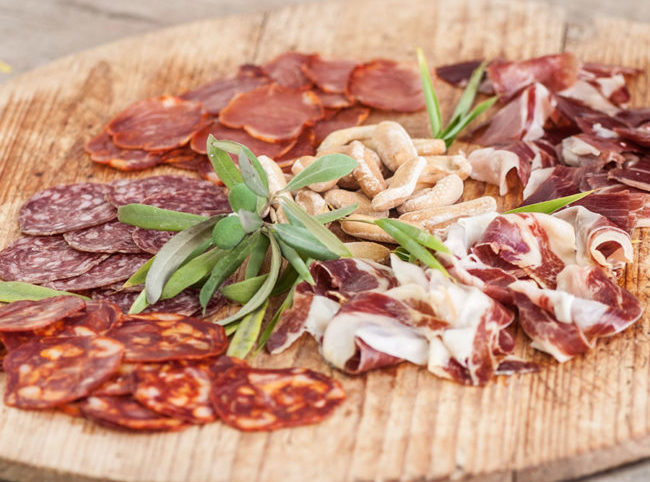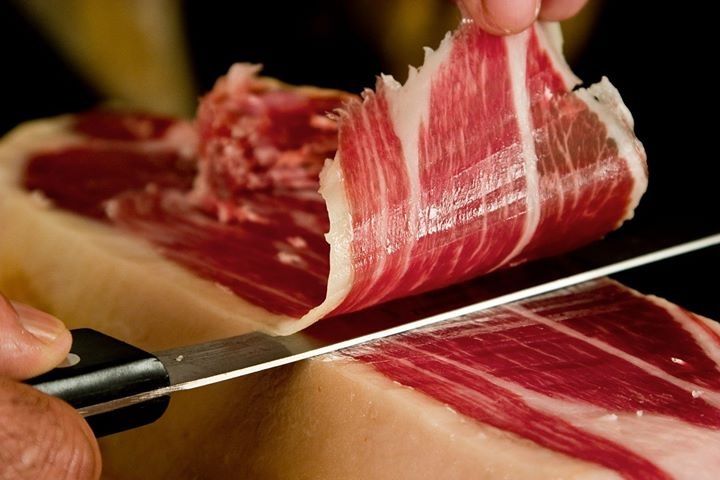Writes: Miguel Angel Aparicio
Academic of Number
Royal Academy of Veterinary Sciences of Spain
Faculty of Veterinary Medicine, University of Extremadura
I find it strange to write an article about him Iberian pig right now. A subject to which I have dedicated many hours of my professional and research activity and on which a lot has been written and researched. More opinion has been given, inadequate technical, pseudoscientific and normative decisions have been issued and adopted.
Historical review of the Iberian pig
El Iberian pig accompanies us in this country that we inhabit, Spain, from before, long before we were conscious. Of our history, of our geographic location, of our limitations, greatness and misery.
When man still did not know how to write, but used his hands and stones to record his myths and objects of worship and admiration. Already at that time he recorded the pig that populated the western fringe of the Iberian Peninsula. The same geographical area that inhabits today. There are the hundreds of sculptures of boars, forming what has been called the boar culture.
This Iberian pig it endured wars, catastrophes, cultures - eight hundred years of Muslim domination - end of millennia. Also erroneous technical criteria for 'modernizing' in the early twentieth century. Diseases such as swine fever classical and even the hard African swine fever (then known as PEPA). I wonder if it will support administrative normalization as well.
Turned into a mediocre product
No country has carried out such an unfortunate operation with one of its most precious gastronomic gems. Considered one of the most exquisite food products in the world, yes. It is one of the most recognized delicatessen where it has arrived.
Ya Sorapan de Rieros in 1616, a year after the publication of the second part of the Quijote, said that "many of their hams reach the new world, where they are esteemed, as something shocked."
Instead they considered it as the figurehead of the rich, abundant and renowned ship of the Spanish agri-food industry. The one that exports to the whole world and more and more, due to its excellent organoleptic characteristics, quality and health safety. But now, it has been decided to turn it into a mediocre product for the satisfaction of the pocket of a few.
Quality has been sacrificed for quantity. Some time ago I pointed out that in Spain you could bet on quantity and quality, but differentiating each product without trying to deceive the consumer. Occupying each of the niches that the market allows, satisfying the differentiated demand.
But a model has been chosen that “has shown imbalances in the producer sector. As a regression of censuses and productions of the breed in purity and of the extensive systems linked to the dehesa. A model in which "the consumer cannot effectively distinguish which product it is".
“The differences between the various designations are very relevant. A) Yes, their confusion produces, in addition to deceiving the consumer, unfair competition between companies. This that must be tackled.
The quoted text is not mine, please search the State official newsletter.

It is the deception of mixing two races and selling them with the prestige of the best
It has been tried to correct with the last Royal Decree. But they stay the same conceptual errors. What is intended is, and everyone will understand, mix wine from Rioja with others of lower quality. So sell them legally with 'colorful' labels as if everything were Rioja. Only the color of the 'little label' would indicate to the consumer the degree of mixing.
Original method of deception! Naturally, neither the businessmen nor the consumers, nor the authorities of Rioja they would accept it. In the case of Iberian pig those who should have defended it seem to have looked the other way.
The internationalization of Iberian pig and it is a fact. We will relive the consequences of the internationalization of the merino. Experienced in the XNUMXth century, the consequences are still borne by us today. But in this case they will be more dramatic.
What to do about this situation? The damage caused is great but I think there is still room. First of all it is absolutely necessary call things by name. Stop twisting the language, that 'newspeak' so frequently. That it is used in this perverse stage of crisis for many, of enrichment for few.
It would be necessary to recover the real names, even used in the statistics of the own Department of agriculture. When the livestock statistics included the numbers of native breeds, foreign breeds and CROSSES of foreign races. All that today are the vast majority of what is improperly called IBERIAN.

Actually, everything should be simpler
Would have to call Iberian Ham to the one who comes from Iberian pigs. Something so simple and natural that claiming it seems absurd. They should be called crusaders to those who come from crossing the Iberian with other breeds. Within these, apply the specifications according to the feeding of feed, re-feed, field bait and others.
It would be necessary to demand efficiency from control methods. From the herd book of the Iberian pig breed to systems fattening. How much I think designed in the laboratory to circumvent the analytical methods of the 'control' organs!
I also expressed it this way in a conference that I titled 'GPS versus Oleins'. These are used to mask the fatty acid profiles of the acorn. Twenty years ago I proposed a national mobilizing program called CYBER. Everything to face the problems of Iberian pig «from the pasture to the table»Phrase that had a life of its own. Some even (of course!) Appropriated it.
The fight against Iberian pig fraud
It would be advisable to apply the mechanisms provided in cases of fraud. How many disciplinary proceedings have been executed for fraud in the sector of the Iberian pig?
It is not known why it has not been made public, but el Sueddeutsche Zeitung has warned that fraud can reach 90%. With a International Veterinary Congress held last summer I explained, among other issues, that only 7,8% of the Iberian hams sold are from montanera.
Since the montaneras are different, it would be convenient to inform about the area and montanera from which the animal comes. This year it will be very scarce, no more than thirty percent of a normal montanera. This is due to the absence of rain and therefore grass. These, among many other issues, would need to be considered.

It is urgent that Spain rethink a serious policy regarding the Iberian pig. All before Iberian hams from the United States, China or other parts of Spain and the world compete. With those that have been occurring in the Iberian Peninsula since before the Romans.






